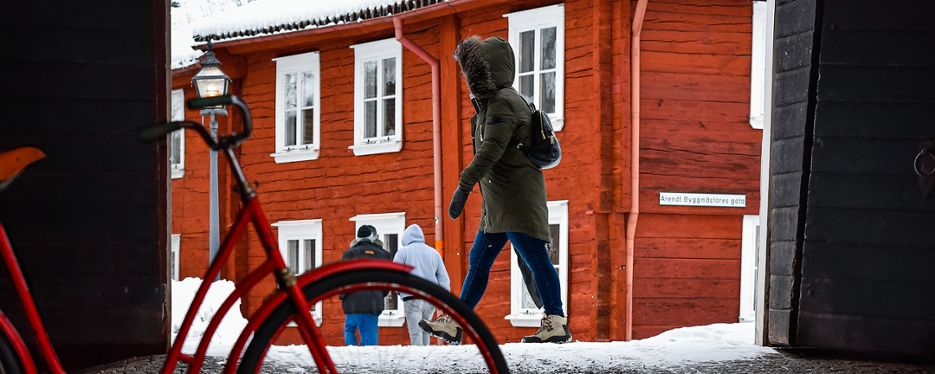The climate adaptation of the cultural heritage requires measures to prevent or lessen damage caused as a consequence of a changing climate. Changes to the climate in Sweden are expected to result in warmer and damper conditions, which would wear down most materials more quickly.
A changed climate will also lead to changes in the behavioural patterns of domesticated animals, wild animals and insect pests, which may affect the cultural heritage – for example, changes to the migration patterns of reindeer, which could have consequences for the reindeer husbandry industry and for the Sámi culture.
Some of the risks of a changing climate will appear quickly and will be easily noticeable, such as floods, landslips and landslides. Others may take longer to develop and be more difficult to discover before it is too late to take preventive action, such as decay and the presence of pests. In order to identify the slower effects of climate change on cultural environments, regular inspections are needed.
We are already aware of many of the risks that our cultural heritage will face. As the climate changes, damage may become more common, which will mean that preventive work will become even more important. Working with a preventive approach usually also saves money, compared with efforts to rectify major or suddenly-occurring damage.
